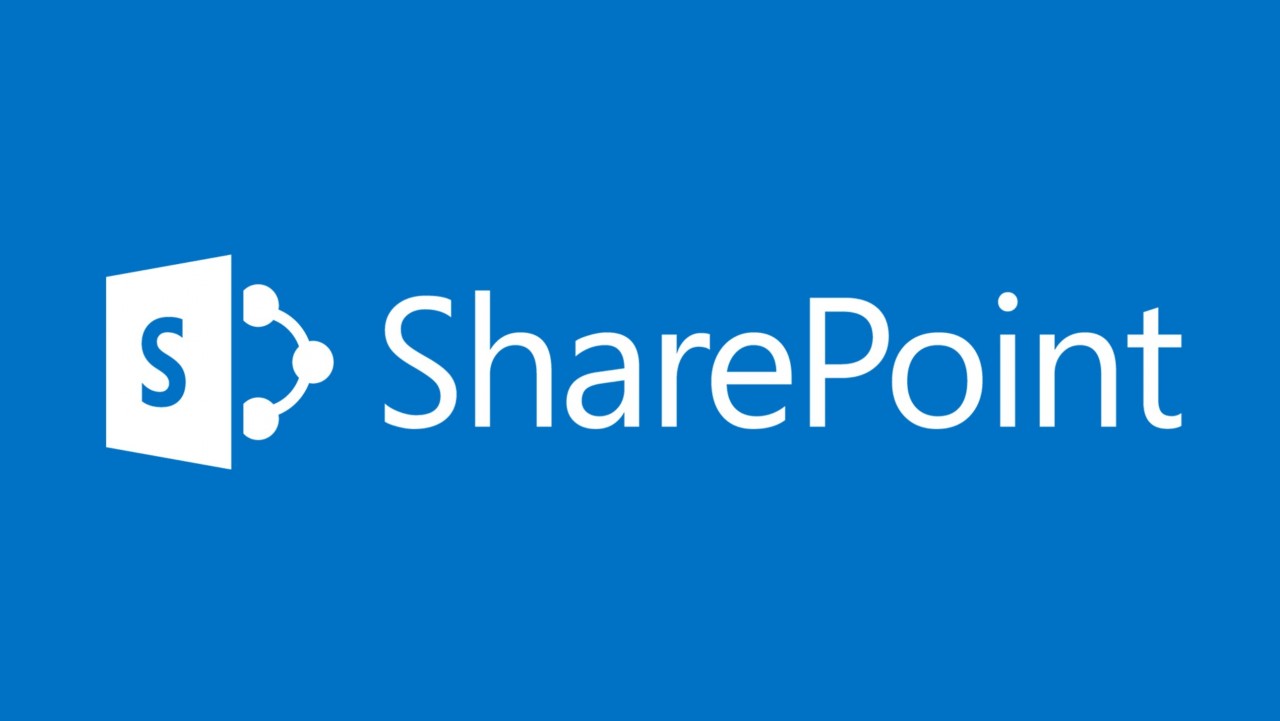What to Expect when you Migrate to SharePoint Online
- Blog
- SharePoint
- Post
Have you really thought about what happens when you migrate to SharePoint Online? Sure, you have thought about how great it will be not to manage servers anymore. And of course, not having to ever think about migrations or patching again is glorious. But what else happens? What changes? It turns out there are a lot more benefits and things to think about then how your Minesweeper skills will improve when you don’t have to manage infrastructure anymore.
Take a few minutes with me now and let’s talk about how things evolve in the cloud. All done through the eyes of the customers I have been talking to as they make the transition. All of this should help you plan your migration better.
Workflows don’t have to be from 2010
I had the strangest conversation with a client who is migrating from SharePoint 2010 to 2016 the other day. They asked what seemed like a simple question “What do I use for SharePoint Workflows on-prem?” Are you ready for the mind-twisting answer? “For SharePoint 2016 you use SharePoint Designer 2013 to create SharePoint 2010 workflows.” That feels…. Wrong. But that is the default state.
With SharePoint online you can continue some form of that madness using SharePoint Designer (SPD) 2013 but why? Instead, with SharePoint Online, you can now leverage Microsoft Flow to build workflows. So, step away from SPD and step into Microsoft Flow. It is included for free with most Office 365 licenses, so it most likely isn’t going to cost you anything. And it isn’t a one trick pony like SPD; Flow natively works great with SharePoint and about 200 other data sources. I encourage you to check out Flow. If you are looking for a first Flow check out SharePoint Approval flows. Lots of fun.
Express your brand in new ways or maybe less?
As a LONG TIME SharePoint consultant, I can’t do justice for how many times I heard “Can you make it not look like SharePoint?”. Doing 6 figure branding pages with customer controls, navigation, and master pages was just normal. What stunk about those was every three years when a new version came out the story changed, and you basically had to start over. Yikes!
As you move to SharePoint Online, it is time to reevaluate that. With SharePoint Online the branding story change whether you use Classic or Modern UI. And in case you aren’t familiar with that distinction you probably want to default to Modern. That is where all of the new investments are and will continue to be. But you know what you will not find in Modern SharePoint Master Pages and 6 figure branding projects. Instead, you need to be thinking how do you accept the way SharePoint looks. Yes, you can make some changes, incorporate some logos and colors but you shouldn’t be thinking about how to radically change SharePoint.
Now, if you dig hard enough, you will find some “hacky” ways to change the look and feel, but hacks aren’t meant to last. SharePoint Online is constantly evolving, and Microsoft isn’t going to ask themselves how their progress is going to mess up your hacks. So, while you plan your migration right now check out the official branding guide and plan to do things the SharePoint way.
Say goodbye to InfoPath 2013
Oh, how I have learned to loathe InfoPath. Don’t get me wrong, it was the right tool at the right time, but that was back in 2010 to about 2014. Now it is 2018, and there are better ways to do things. InfoPath has just worn out its welcome. As you move to SharePoint Online, it is time to get excited for my favorite tool in the ecosystem, PowerApps.
Why am I so excited for you to learn about PowerApps? Because now instead of just making simple forms to collect some data you can build applications. And instead of it just being a computer browser experience you can build native mobile and tablet apps. Apps which can use the hardware like GPS, Camera, barcode scanner, and more. Letting you empower your entire workforce and get away from so much paper. Oh man, I love PowerApps. To help you get started check out this video I made on getting started with PowerApps.
What can you do today?
As you plan your migration and you are studying all of the new SharePoint items, don’t forget about the rest of the ecosystem. You didn’t just buy no more SharePoint server maintenance; you bought the entire Office 365 ecosystem. I challenge you to start learning that new ecosystem.
While you are planning that move plan to question everything. How should you do workflow? Do you need to brand everything? Can you do more than just recreate paper forms? And then ask tougher questions like: What is Teams and how does it fit in? Can you benefit from Planner? Are there other tools that make more sense? The worst words in business are “Why? Because that is how we have always done it.” You hate when your manager tells you that about your ideas, don’t tell your users that when they ask about SharePoint.




